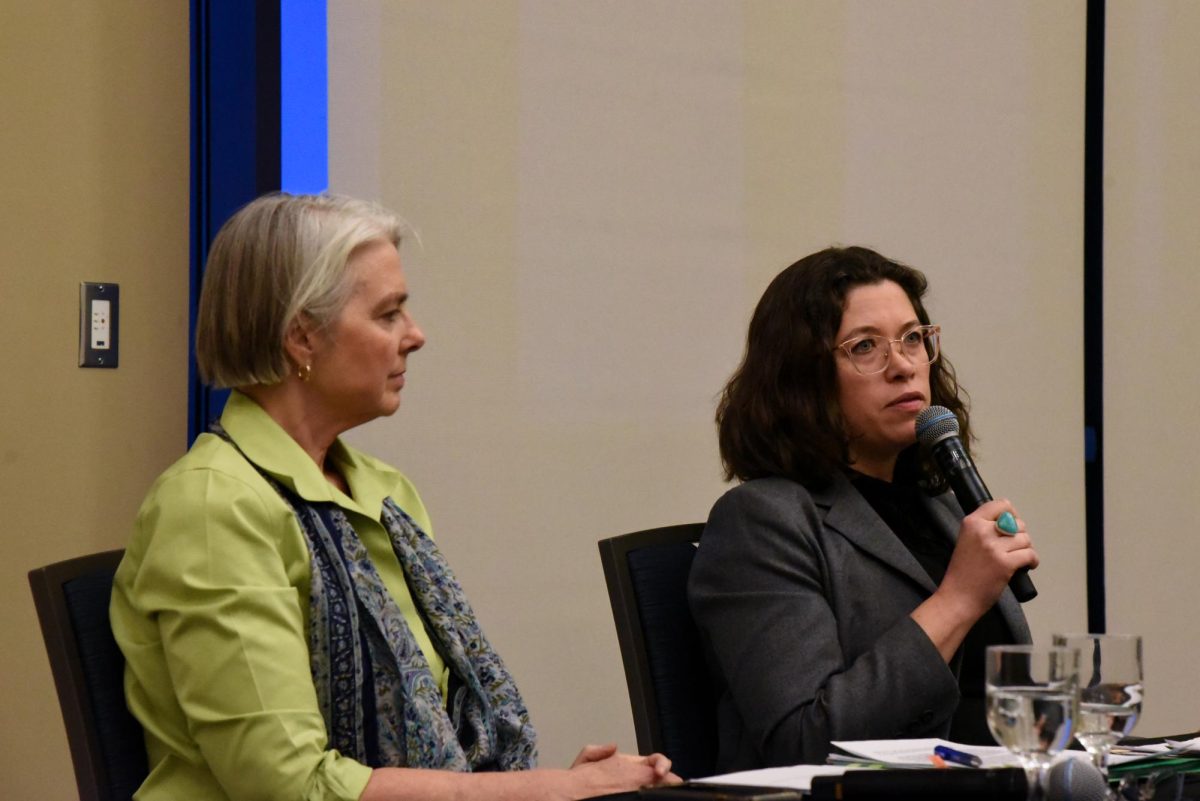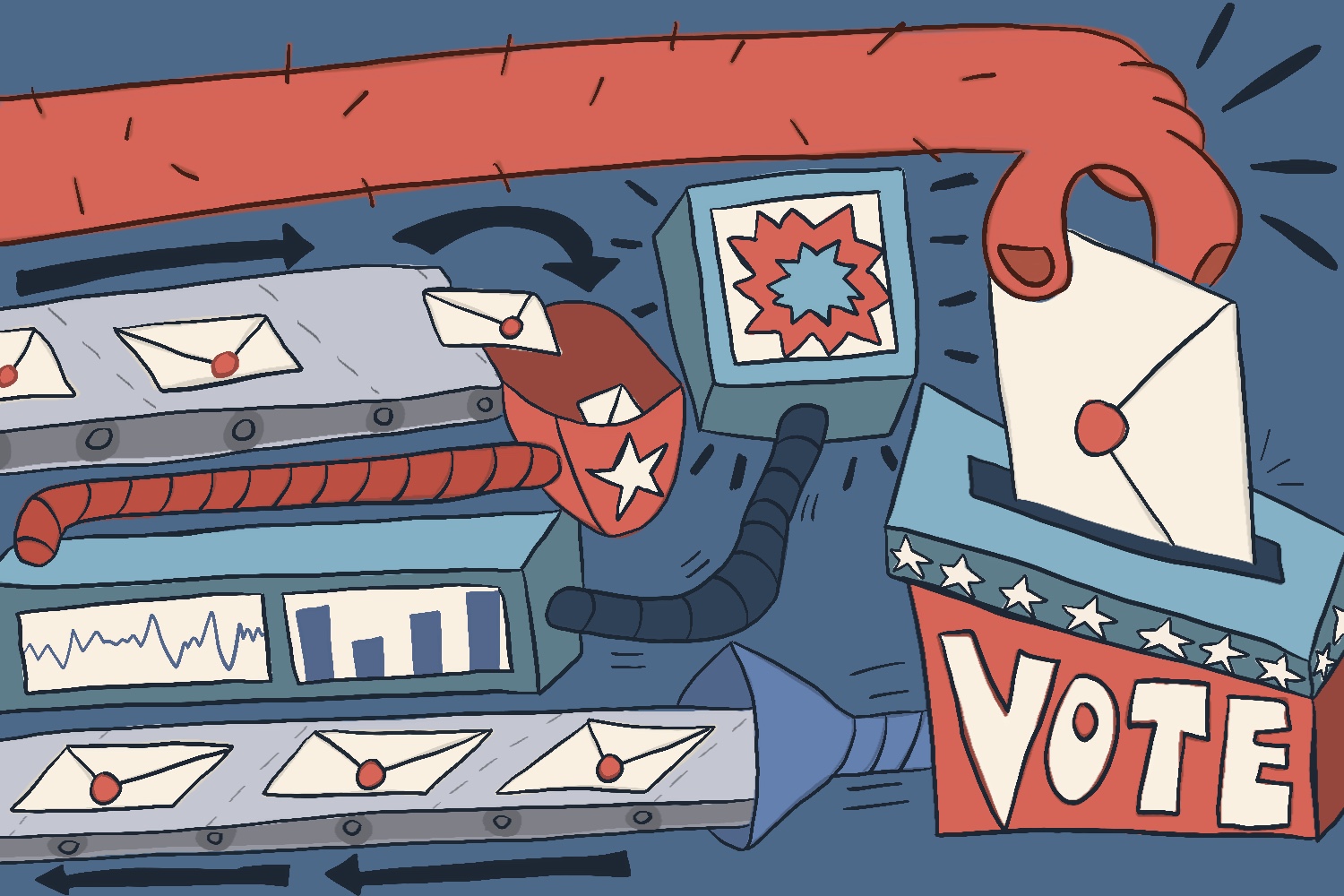Almost everyone has heard about sweatshops or child labor. Most people know these practices are ethically immoral, but what can a bunch of UVM students actually do to end these practices or make them more fair? Should consumers have the right to know where and how their clothing was produced?
Sweatshop factories are usually situated in developing countries where inhabitants struggle to acquire basic needs. Their workers commonly face low wages, no benefits, unsafe/unhealthy working conditions, very long work periods, forced labor, sexual harassment, and verbal abuse. The 2003 National Labor Committee reported the situation of a Honduran worker “sewing clothing for Wal-Mart at a rate of 43 cents an hour. After spending money on daily meals and transportation to work, the average worker is left with around 80 cents per day for rent, bills, childcare, school costs, medicines, emergencies, and other expenses.”
While it may seem like we can do nothing to end these practices, the fact is that we as consumers possess a lot of power. There are many companies that produce clothing with the explicit goal of letting the consumers know their clothing was not produced in sweatshops.
Some examples are Union Jean & Apparel (www.unionjeancompany.com), American Apparel (www.americanapparel.net), and No Sweat (www.nosweatapparel.com). No Sweat sells most common clothing items such as jeans, t-shirts, sweaters, formal attire, shoes, and athletic attire.
Men’s jeans range from $14.78-$19.96 at Wal-Mart, $24.50-$39.50 at Old Navy, and $49.50-$80.00 at Tommy Hilfiger. Denim jeans at No Sweat cost $35.50. Women’s tank tops range from $8.76-$10.63 at Wal-Mart, $8.50-$14.50 at Old Navy, and $24.00-$49.00 at Tommy Hilfiger.
Women’s tank tops at No Sweat cost $13.50. Keep in mind that all of these prices do not take sales tax into account and are subject to change. Products from No Sweat do cost a moderate amount of money in comparison to these popular companies of varying quality; however, the huge incentive is the certainty that the clothing was produced in fair and humane working conditions.
Given the current economic situation in the US, many people have no choice but to buy clothing from Wal-Mart, K-mart, or some other companies which offer low, affordable prices relative to most of the other clothing companies. Some cannot afford to buy sweatshop-free clothing. This is a valid dilemma; these people should not be blamed for this situation. There is no perfect solution to this problem.
Other alternatives exist such as joining coalitions to end sweatshop labor or demanding to know how clothing is produced. Doing either of these things also take a lot of time and effort. In fact, many obstacles seem very hard to get around; change can be slow and it may take a while for the majority of people to buy sweatshop-free clothing, if this ever does happen.
There are those who believe it is okay to do whatever is needed to make the most profit; this is merely a result of capitalism. At the opposite end of the spectrum, the people living in developing countries are most likely unable to find better- paying jobs than working in sweatshop factories. Sadly, people who own the factories or sell the products in the US make much more money than the factory workers.
According to Sweatshop Watch, while CEO Tommy Hilfiger makes an hourly wage of $10,769, the hourly wage for workers who produce general clothing garments ranges from $0.23-$1.75. The question that remains unanswered is: Can employees of sweatshop factories be paid more while the clothing company still makes enough profit to operate?
Furthermore, would consumers pay more money for clothing if they were guaranteed that their clothing was sweatshop-free? In “Consumers of the World Unite: A Market-Based Response to Sweatshops,” Monica Prasad, Howard Kimeldorf, Rachel Meyer, and Ian Robinson conducted a study which assessed whether people would pay more money for socks which were clearly labeled as sweatshop-free rather than identical socks with no labels. They found that almost one in four people would pay up to 40% more for the socks that were sweatshop-free.
At the University of Maine, students led a massive campaign to end the purchase of clothing that had been produced in sweatshops. The Farmington Area Citizens to End Sweatshops (FACES) persuaded the University to ensure that all clothing products would be made in fair working conditions starting in December of 2000. One term of the agreement between FACES and the University is in Public Disclosure, which states that the University “shall require public disclosure of contact information and location of all facilities which are involved in the manufacture and distribution of clothing, uniforms, footwear, and textiles purchased by the University, and of all items bearing the University insignia…” (http://www.geocities.com/faces04938/facesnov.html)
As I sit here typing this article, I wonder where and how my University of Vermont hoodie/sweatshirt was manufactured? On the label it says “Made in Pakistan,” but did the workers receive decent wages? Were they treated fairly?
UVM is affiliated with the Fair Labor Association (FLA); the Code of Conduct includes rules on forced labor, child labor, harassment or abuse, nondiscrimination, health and safety, freedom of association and collective bargaining, wages and benefits, hours of work, and overtime compensation. UVM is one of 191 colleges and universities affiliated with FLA. Though many colleges have made great strides in ending sweatshops, many clothing companies have a long way to go. What can a bunch of college students do to end sweatshops? There are many perspectives and possible solutions to the current situation.












